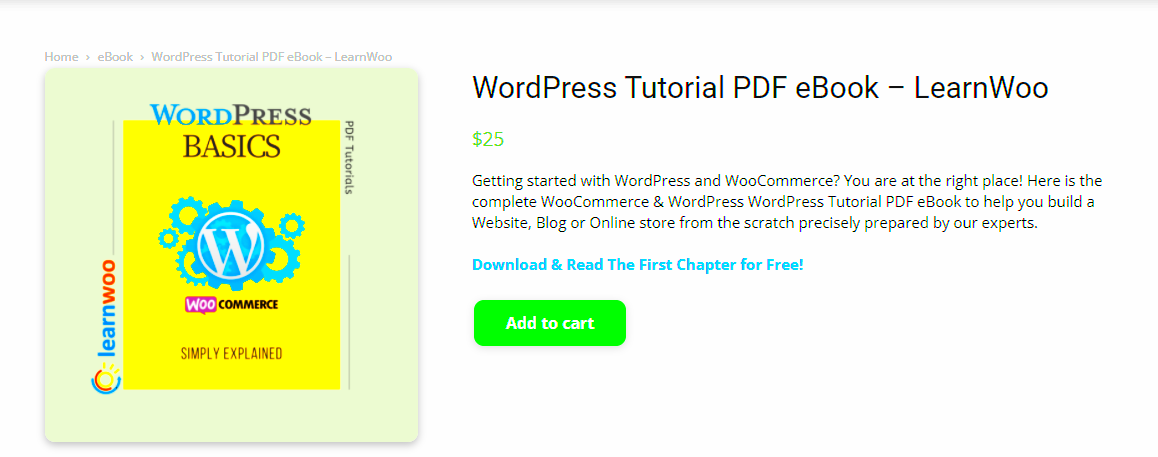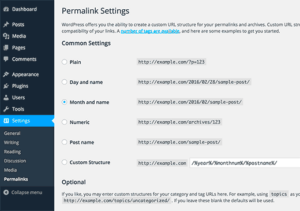If you’re diving into the world of web development, understanding the fundamentals of WordPress is crucial. Whether you’re launching a blog, a business website, or an online store, WordPress offers the tools and flexibility you need. In this article, we’ll explore the basic concepts and functionalities that make
What is WordPress?
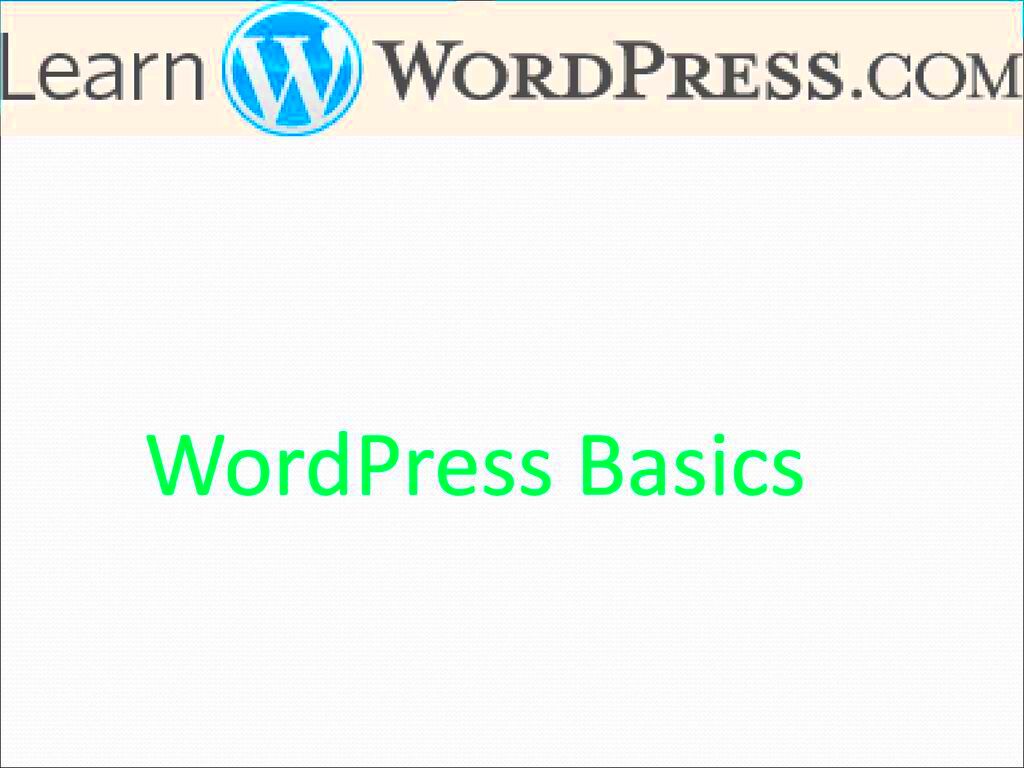
WordPress is a powerful content management system (CMS) that allows users to create and manage websites without requiring extensive programming knowledge. It was initially designed as a blogging platform but has evolved into a robust tool suitable for various types of websites. Here’s a closer look at what makes WordPress tick:
- Open Source: WordPress is open-source software, meaning anyone can use, modify, and distribute it without cost. This fosters a community of developers who continually improve the platform.
- Ease of Use: With its user-friendly interface, even beginners can quickly learn to navigate and manage their sites. The dashboard is intuitive, allowing for easy customization.
- Flexibility: WordPress supports various types of websites, including blogs, portfolios, e-commerce sites, and more. Thanks to its vast library of themes and plugins, you can customize your site to suit your specific needs.
- SEO-Friendly: WordPress comes with built-in SEO features, making it easier for your content to be indexed by search engines. Additionally, numerous plugins enhance your SEO strategy even further.
- Community Support: With a global community of developers and users, finding help, tutorials, and resources is easy. Forums, blogs, and workshops are abundant!
In summary, WordPress is a versatile, user-friendly platform that caters to various website needs. The best part? It’s constantly evolving, ensuring you’ll always have the latest features at your fingertips!
Why Use WordPress for Your Website?
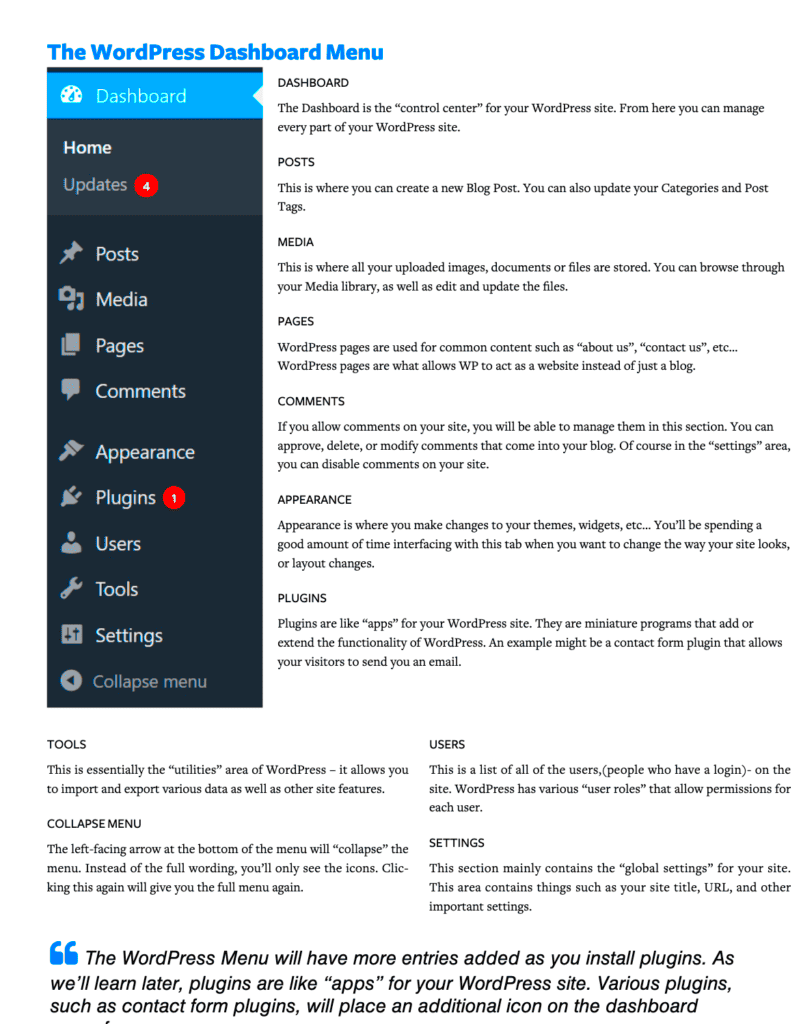
When it comes to creating a website, WordPress stands tall as one of the most popular platforms out there. But what makes it such a favored choice for millions? Let’s break it down.
- User-Friendly Interface: WordPress boasts an incredibly intuitive interface. You don’t need to be a tech whiz or a coding expert to navigate it. With just a few clicks, you can publish posts, upload images, and customize your site with various themes and plugins.
- Endless Customization: Whether you want a sleek blog or a robust e-commerce site, WordPress provides thousands of themes and plugins. This means that you can give your site a unique feel while easily adding functionalities like contact forms, galleries, or even social media integrations.
- SEO Friendly: If you want your website to be found, SEO (Search Engine Optimization) is key. WordPress has built-in features and plugins (like Yoast SEO) that help optimize your content for search engines, making it easier for potential visitors to find your site.
- Active Community Support: WordPress has a vast community of developers and users. This means that if you run into issues or need help, you can find answers in forums, tutorials, and dedicated support sites. Plus, there are countless blogs and video tutorials to guide you through any challenge.
- Scalability: As your website grows, WordPress can grow with you. Whether you start with a simple blog or move to a complex site, WordPress can handle it with ease.
With all these advantages, it’s no wonder so many people choose WordPress. It’s not just about building a website; it’s about creating a platform that can evolve and adapt to your changing needs.
Getting Started with WordPress
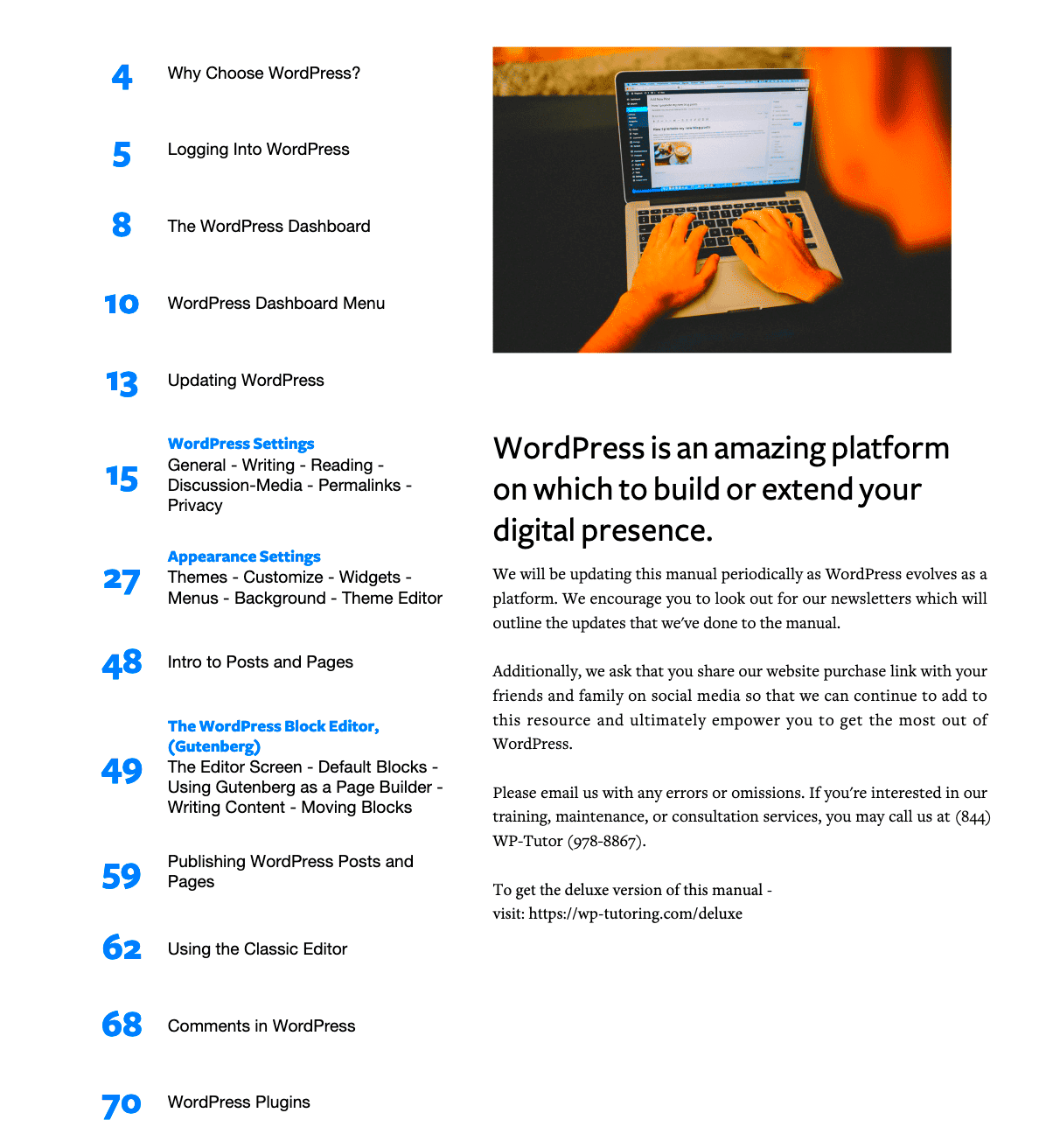
If you’re intrigued by the idea of using WordPress for your website, getting started is a breeze! Here’s a step-by-step guide to help you along the way:
- Choose a Domain Name: Your domain is your site’s address on the internet (like www.yoursite.com). Pick something memorable and relevant to your content.
- Select a Hosting Provider: You’ll need to host your website on a server. Popular choices include Bluehost, SiteGround, and DreamHost, which all offer easy WordPress installations.
- Install WordPress: Most hosting providers have a one-click installation process for WordPress. Follow their guided instructions, and before you know it, WordPress will be up and running on your domain.
- Choose a Theme: Once WordPress is installed, it’s time to choose a theme that reflects your style. You can browse free themes from the WordPress repository or purchase premium themes from websites like ThemeForest.
- Install Essential Plugins: Plugins can extend your site’s functionality. Some must-have plugins include:
- Yoast SEO: For search engine optimization.
- Akismet: To fight spam comments.
- WooCommerce: If you’re planning to set up an online store.
And there you have it! You’re now on your way to creating your unique online presence with WordPress. Happy blogging!
Essential Features of WordPress
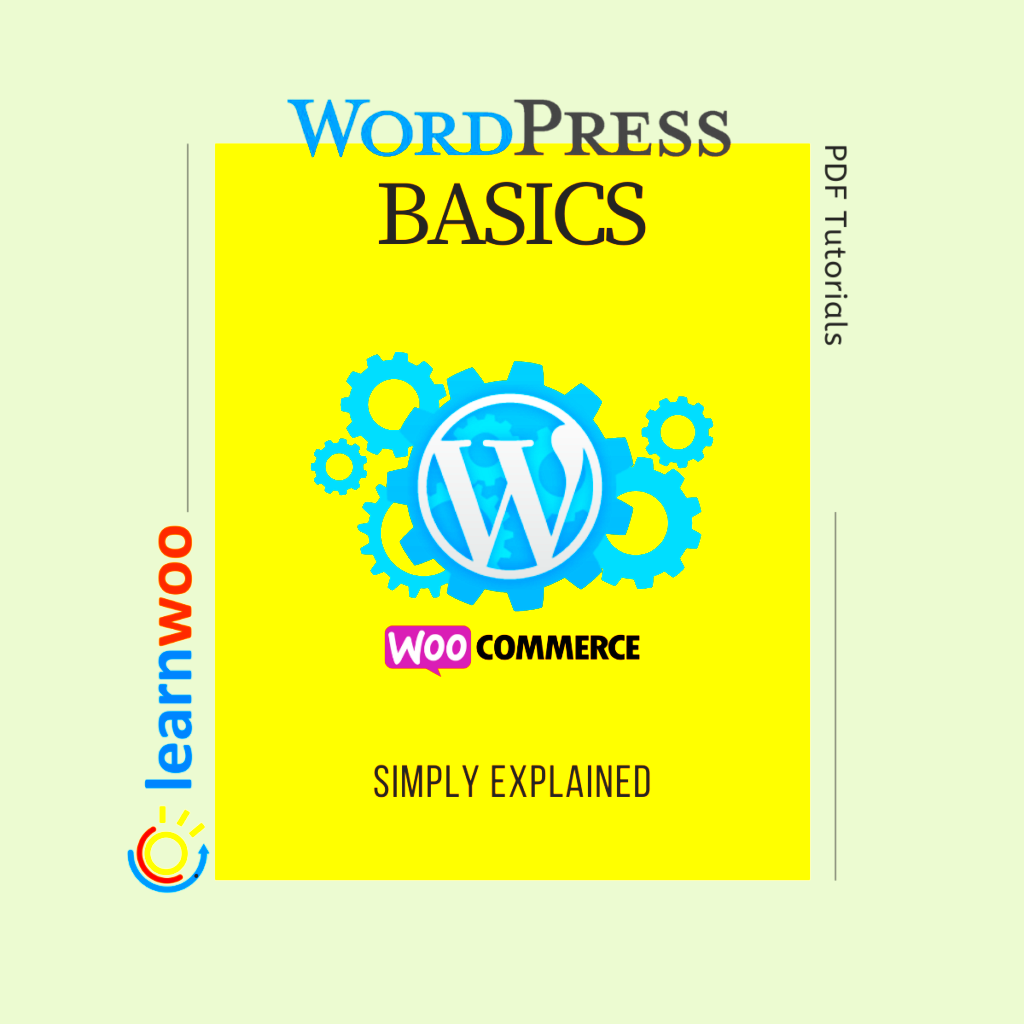
WordPress is one of the most popular content management systems (CMS) out there, and for good reason! It’s packed with features that make creating and managing websites a breeze. Let’s break down some of the essential features that set WordPress apart:
- User-Friendly Interface:
Even if you’re not tech-savvy, WordPress makes it easy to navigate and manage your site. The intuitive dashboard allows users to add pages, posts, and media with just a few clicks.
- Flexible Themes:
WordPress boasts thousands of themes, allowing you to find the perfect look for your website. From sleek portfolios to dynamic blogs, there’s a theme for everyone.
- Plugins for Extra Functionality:
With a vast library of plugins, you can easily add features like contact forms, SEO tools, and even ecommerce capabilities. Just install the plugins that meet your needs!
- SEO-Friendly:
WordPress is known for its search engine optimization (SEO) advantages. With user-friendly permalinks, customizable titles, and SEO plugins, it’s easier to optimize your content for search engines.
- Mobile Responsiveness:
Many WordPress themes are mobile-responsive out of the box. This means your website will look great on any device, whether it’s a mobile phone or a desktop computer.
- Community Support:
With a massive community of developers and users, you’ll find an abundance of tutorials, forums, and blogs ready to help you out whenever you hit a bump in the road.
These essential features truly make WordPress a powerhouse platform for anyone looking to establish and grow their online presence.
Understanding WordPress Dashboard
The WordPress Dashboard is your command center for managing your website. It might look a bit overwhelming at first, but once you get the hang of it, you’ll find that it’s actually quite user-friendly. Let’s explore the main components of the WordPress Dashboard.
- Welcome Panel:
When you first log in, the dashboard shows a welcome panel with tips and shortcuts, guiding you to create posts, pages, or adjust your settings.
- Admin Toolbar:
Located at the top of the page, this toolbar offers quick links to important actions like adding new content or viewing your site.
- Posts Section:
This section allows you to create, manage, and categorize blog posts. You’ll find options to add new posts, tags, and categories, all in one location.
- Media Library:
Your media library holds all the images, videos, and files you’ve uploaded. Here, you can manage your media easily and even edit certain files.
- Pages:
In this section, you can create and manage static content like your “About” or “Contact” pages, giving your site depth and structure.
- Appearance:
Customize the look of your site using themes and widgets. The Customize option lets you tweak your site’s design in real-time.
- Settings:
Adjust your site’s basics here, such as your site title, timezone, and permalink structure, ensuring everything functions as you intend.
Navigating the WordPress Dashboard may take some time, but once you’re familiar with its features, managing your site will feel second nature. It’s your control center and knowing it inside out will empower you in your website journey.
7. Installing and Setting Up WordPress
Getting started with WordPress may seem daunting at first, but the installation process is surprisingly straightforward. Think of it like setting up your new phone—an exciting beginning that comes with a few steps. Here’s how you can install and set up WordPress in no time!
First things first, you’ll need a hosting provider. Many options exist, from Bluehost and SiteGround to DreamHost. Once you’ve picked a host, the installation process often includes just a one-click installation feature. Here’s a quick overview of the steps:
- Choose a Hosting Plan: Decide on a plan that suits your needs. Look for features like storage, bandwidth, and customer support.
- Register Your Domain: This is your website’s address (like www.yoursite.com). Make sure it reflects your brand!
- One-Click Installation: Use the one-click install feature on your hosting dashboard to set up WordPress automatically.
- Log In to Your Admin Dashboard: Once installed, you can access your dashboard at www.yoursite.com/wp-admin.
- Set Up Basic Settings: Go to ‘Settings’ > ‘General’ to configure your site title, tagline, and timezone.
After installation, take a moment to familiarize yourself with the WordPress interface. This is where all the magic happens! You can manage posts, pages, comments, and plugins, making every aspect of your site customizable.
8. Choosing the Right Theme for Your Site
Choosing the right theme for your WordPress site is like picking the perfect outfit for a big event—it sets the tone for everything! With thousands of themes available, it’s essential to find one that matches your vision while offering the necessary functionalities.
Start by considering the kind of website you’re building. Are you setting up a blog, an e-commerce site, or a portfolio? Different themes excel in different areas. Here are some factors to consider:
- Purpose: Determine the primary function of your website. This will guide your theme selection.
- Responsiveness: Ensure the theme is mobile-friendly. Many users browse on their phones, and a responsive design improves user experience.
- Customization Options: Look for themes that offer flexibility in customization. A good theme will allow you to personalize colors, fonts, and layouts.
- SEO Friendliness: Some themes have better SEO practices baked in. Check for features that optimize for search engines.
- Support & Updates: A reputable theme comes with support and regular updates to keep your website secure and functional.
Finally, don’t hesitate to check out demos or reviews of themes before committing. Sometimes, a theme might look perfect on the surface but may lack essential features. Finding the right theme sets the foundation for your site, so take your time and make it count!
9. Essential Plugins for WordPress
When it comes to enhancing the functionality of your WordPress site, plugins are your best friends. Think of them as little add-ons that help you tailor your website to your specific needs without requiring a degree in coding. Whether you want to improve SEO, speed up your site, or bolster security, there’s a plugin for that!
Here’s a list of some must-have plugins every WordPress user should consider:
- Yoast SEO: This plugin helps you optimize your content for search engines. It gives you insights on keyword usage, readability, and overall SEO practices.
- Wordfence Security: Protect your site from hackers and malware. This plugin includes firewall protection, malware scanning, and login security features.
- WooCommerce: Thinking about selling products? WooCommerce turns your WordPress site into a fully functional online store.
- Contact Form 7: Easily add customizable contact forms to your pages. It’s user-friendly and integrates with various email services.
- Jetpack: A multi-functional plugin that provides performance enhancements, security features, and site management tools.
While it might be tempting to install many plugins for added functionality, remember that each one can affect your site’s speed and performance. Always choose wisely and look for well-rated, frequently updated options. Keep it simple and focus on the essentials!
10. Creating Your First Post and Page
Creating content is one of the most exciting parts of running a WordPress site! Whether it’s your first blog post or an informational page, the process is quite straightforward. Here’s a step-by-step guide to get you started:
1. Log into Your WordPress Dashboard:
Simply go to yoursite.com/wp-admin and enter your credentials.
2. Navigate to Posts or Pages:
If you want to create a blog post, click on “Posts” and then “Add New.” For a static page (like an About Us page), click on “Pages” and then “Add New.”
3. Add Your Title and Content:
| Element | Description |
|---|---|
| Title: | Your post/page title goes here, and it should be catchy! |
| Content: | Use the block editor to add text, images, videos, or other media. |
4. Format Your Content:
Utilize headers, lists, and bold text to break up paragraphs and make your content more digestible.
5. Preview and Publish:
Click the “Preview” button to see how it looks, and when you’re happy with it, hit “Publish!”
And just like that, you’ve added content to your WordPress site. Remember to promote your posts on social media or through email newsletters to attract readers. It’s all about starting the conversation!
Managing Media in WordPress
Managing media in WordPress is a crucial aspect that ensures your website is visually appealing and engaging. It’s not just about uploading images—it’s about organizing, optimizing, and utilizing your media files effectively. Let’s dive into some key points on how to manage media like a pro!
Uploading Media Files: WordPress makes uploading media super easy. Just navigate to the ‘Media’ section from your dashboard. You can either drag and drop files or use the ‘Add New’ button to upload images, audio, video, and documents. It’s that simple!
Organizing Media: To keep everything tidy, consider using folders or tags. While WordPress doesn’t provide built-in folders, you can use plugins such as FileBird or Media Library Organizer to help you categorize and find your files quickly.
Editing Media: Once you’ve uploaded your files, you can easily edit them. Click on any media item, and you’ll see options to edit the file, crop images, or even resize them. It’s like having a mini photo editing suite right in your dashboard!
Optimizing Media: Large media files can slow down your website, impacting user experience. Use plugins like Smush or ShortPixel to optimize your images before uploading. They can compress your files without sacrificing quality, helping page load times stay fast.
Embedding Media: Want to share videos or audio? Embed them from sites like YouTube or SoundCloud by simply pasting the URL into your post. WordPress will automatically convert it into a playable element!
By following these best practices for managing media in WordPress, you can maintain a well-organized, efficient, and user-friendly website. Happy blogging!
Optimizing WordPress for SEO
Optimizing your WordPress site for search engines is essential for improving visibility and driving organic traffic. Let’s explore some straightforward yet powerful strategies to boost your site’s SEO!
Choosing the Right SEO Plugin: Start by installing an SEO plugin like Yoast SEO or All in One SEO. These tools guide you through optimizing your posts with keyword suggestions, meta descriptions, and readability scores.
Keyword Research: Identify relevant keywords using tools like Google Keyword Planner or Ubersuggest. Aim for keywords that your target audience is likely to search for and integrate them naturally into your content.
Optimizing Content: Ensure that every post has engaging titles, meta descriptions, and headings (H1, H2, H3). Use your primary keyword in these elements, but remember to keep it natural—no keyword stuffing!
Image Optimization: Images can slow down your website, hurting your SEO. Always add alt text to your images with relevant keywords, and compress them using tools like TinyPNG before uploading.
Improving Website Speed: A fast-loading site enhances user experience. Consider using caching plugins like W3 Total Cache or WP Super Cache to speed things up. Also, choose a reliable hosting provider that prioritizes speed.
Responsive Design: With more users accessing the web via mobile devices, having a responsive design is crucial. Ensure your WordPress theme is mobile-friendly to cater to all users, which also boosts your rankings on Google.
By implementing these optimization strategies, you’ll make your WordPress site more search engine friendly. Remember, good SEO is an ongoing process, so stay updated on the latest practices that can help your site shine in search results!
13. Regular Maintenance of Your WordPress Site
Regular maintenance is crucial for ensuring that your WordPress site runs smoothly and efficiently. Think of it like getting regular check-ups at the doctor; it’s all about keeping your site healthy and in tip-top shape! Here are some key aspects to consider when maintaining your WordPress site:
- Updating Themes and Plugins: Always keep your themes and plugins updated to the latest versions. This not only provides you with new features but also patches any security vulnerabilities.
- Backing Up Your Site: Regular backups are your safety net! Use plugins like UpdraftPlus or BackupBuddy to automate backups, so you’ll never lose your hard work.
- Checking for Broken Links: Broken links can harm your SEO and frustrate visitors. Use tools like Broken Link Checker to find and fix these issues swiftly.
- Optimizing Database: Just like decluttering your home, keeping your database tidy will enhance performance. Consider using a plugin like WP-Optimize for easy database cleaning.
- Monitoring Site Speed: Site speed can make or break a user’s experience. Use tools such as Google PageSpeed Insights to check performance and optimize where necessary.
Regular maintenance might feel like a chore at times, but it’s essential for running a successful WordPress site. Make a schedule, set reminders, and soon enough, it’ll just become part of your routine!
14. Downloading the Best WordPress Basics PDF
Are you tired of searching through endless articles, blogs, and videos trying to grasp the essentials of WordPress? Well, let me introduce you to an incredibly handy solution: the Best WordPress Basics PDF! It’s designed to be a quick reference guide that simplifies your learning process.
This PDF will cover:
- WordPress Installation: Clear, step-by-step instructions to set up your site seamlessly.
- Theme Customization: Tips to personalize your site without getting lost in complex codes.
- Plugin Management: Guidance on selecting, installing, and optimizing plugins for added functionality.
- SEO Basics: Simple strategies to boost your WordPress site’s visibility on search engines.
- Security Tips: Vital practices to keep your site safe from threats and vulnerabilities.
So where can you download this treasure trove of information? Usually, it’s available on websites and blogs dedicated to WordPress education or directly from community forums. Often, you’ll just need to enter your email address to get your hands on it. This PDF serves as an amazing tool for both beginners and experienced users wanting a handy resource close by.
Don’t miss out on the chance to enhance your WordPress knowledge with this quick-reference PDF!
Conclusion
In summary, having a reliable WordPress basics PDF can significantly enhance your experience as a website owner or developer. Whether you are just starting out or looking to improve your skills, this resource will serve as an invaluable reference tool. With a comprehensive overview of essential aspects such as installation, theme selection, plugin management, and SEO best practices, you can streamline your WordPress journey. Don’t miss out on the opportunity to download the best WordPress basics PDF today and empower yourself with knowledge at your fingertips!

